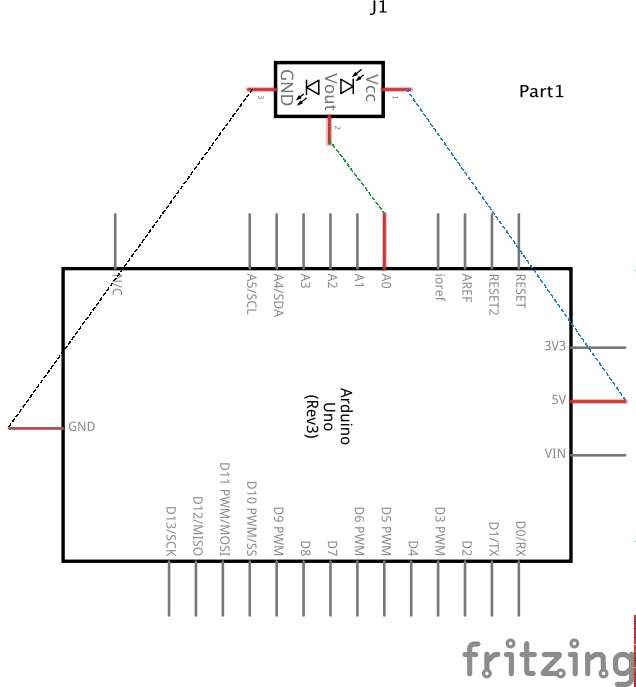Final Project – Tech Tunnel Vision
|
Introduction Rachel Ciavarella & Joe Mallonee People love technology, and people love hearing about how successful people got to where they are: a perfect inspirational match is found in successful technology leaders. Everyone’s journey and path is different, but it can be incredibly tempting to try to follow the advice and direct life experiences of successful people. We wanted to embody this is by playing with the relationship between the audience, the participant, and people who have achieved a perceived level of immense success. We saw Bill Gates, Elon Musk, and Mark Zuckerberg as modern day oracles of tech non-sense, and coupled that with the tunnel vision Millenials have towards “tech.” Our project was designed for a dark and quiet room. We planned to have a group of people walk in and see a singular, floating, telescopic helmet glaring directly into a wall. A lone participant would ascend the steps, and peer into a future as told by Bill, Elon, and Mark. When they entered the helmet their Newsfeed (a generic one for the purposes of our demonstration) would begin to scroll, illuminating the audience while the participant was unaware. We wanted the audience to be confused about whether something was supposed to be happening or not, to wonder what the singular person was seeing, and in all honesty be underwhelmed and somewhat unwilling participants. For the individual in the helmet we wanted them to feel confused as well, to struggle to decipher what was being said by the three people in a humorous way. We aimed to place speeches of famous tech figures in a different context so they could experience the detectable absurdity in their stories at least in relationship to the viewer’s life. Technology We began the project by using facial recognition based on OpenCV and run through Processing to assess the viewer’s focus: the more directly they studied the screen the faster the Newsfeed outside would scroll. The audio would begin to warp if the viewer was not intensely centered towards the screen. Due to time constraints we decided to simplify this part of the experience, and used an IR sensor to detect the presence of the viewer in the helmet and begin playing the video. We added an additional IR sensor to control the floor projection at the same time. The helmet itself is constructed over a bike helmet with sheets of styrene. Because of the weight and alignment with the projection, we suspended the helmet with a series of ropes. We ended up using two computers, two Arduinos, and two Processing sketches. If we created a second iteration we would condense all of this into one computer, one Arduino, and one Processing sketch. We’d also build custom steps, and find a way to support the helmet in a less visible and subtle way. We would also insist on the ideal room and conditions for our projects.
|

